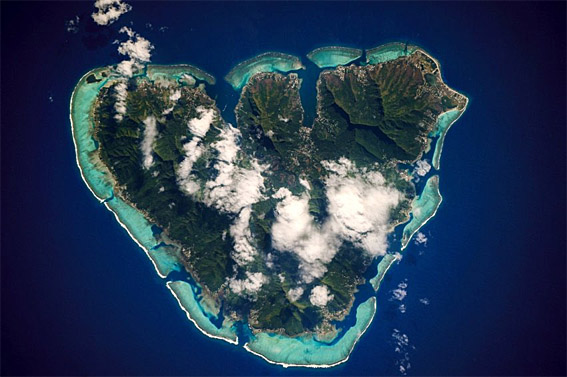Pacific and Indian Ocean Ship Traffic
About 80 percent of all goods are shipped across the seas. Satellite data shows the most popular routes. There are sometimes so many freightships on the way that even recording devices are overwhelmed.It's getting narrow on the waterways of the world: Satellite data from the Norwegian Space Agency shows where a lot of ships are traveling. The images are from the nano-satellite "AISSat-1", which collects data from worldwide shipping traffic.
advertisement
All large cargo and passenger ships must be equipped with an automatic identification system. It records where a ship is and how fast it is traveling. Originally, the system was designed to prevent tankers from accidentally colliding. Meanwhile, the data also serves to clear up environmental pollution and to monitor the transport of dangerous goods.
In areas of heavy shipping traffic, however, the Norwegian satellite receives so many signals that the receiver is literally clogged. Therefore, sometimes he can not identify each ship safely.
The map above is a kind of thermal image of the seafaring. The colors show how often a ship could be tracked by the satellite in one day.
Red and yellow stand for few observations. In these areas, the satellite was not able to track the individual ships throughout the day - there were just too many on the way. Green and blue, on the other hand, mean that a ship could be observed at least twelve times within one day. There are fewer ships in these regions.
The pictures show how important the routes along the coasts of the USA, Europe and Southeast Asia are. According to the International Maritime Organization, 90 percent of all goods are transported by sea. The ports of the EU play an important role. Around a third of global ship movements start or end in the EU. North and Baltic Sea are among the nodes.


Comments
Post a Comment